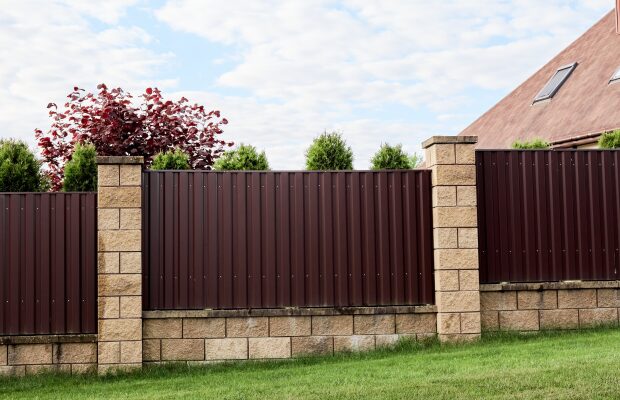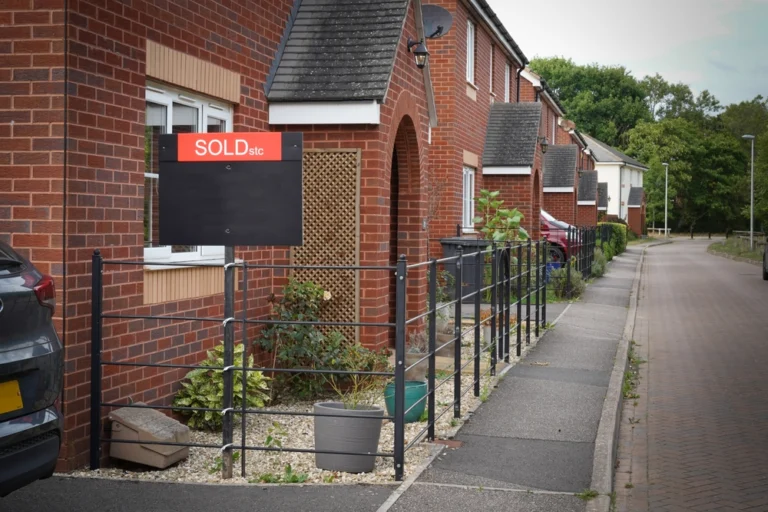Few issues are as confusing as figuring out where one person’s land ends and another’s begins. And when it comes to the fence in your garden, the question of ownership isn’t always straightforward.
Find out everything you need to know in this handy guide.
How to find out who owns the fence in boundary rules?
It’s a common misconception that each homeowner is responsible for maintaining the left side of the fence – but this is not the reality. Contrary to popular belief, there aren’t any strict rules or laws that determine which side of the fence you own.
The general principle is that boundaries are owned by the property owners on either side, and responsibility for maintaining these boundaries is shared equally – but this is not always the case.
Checking your deeds
Looking at your property deeds is the most reliable way to determine boundary ownership. These documents may contain detailed information about your home’s boundaries, including who owns which fences or walls.
However, in England and Wales, there is currently no obligation for boundary ownership to be clarified in title deeds. Therefore, these details may not be specified or they may be unclear.
If this is the case, then you should check the Registry of Deeds for more information, hire a surveyor to accurately measure and map the boundaries for you, or try and reach a boundary agreement with your neighbours.
Related: The 11 essential documents for buying property
Common boundary scenarios
Shared ownership
Many fences are jointly owned, meaning both parties are responsible for upkeep.
Presumed ownership
If a fence has been in place for a long time, there may be a presumption about who owns it, but it isn’t legally binding without evidence.
Boundaries without fences
In some cases, boundaries are marked by features like ditches or lines on a map rather than physical barriers.
Related: How much value can outbuildings add to properties?
Boundary disputes
Disputes over boundaries are often frustrating and costly. Common issues include disagreements over maintenance and changes to boundaries without prior agreement. Because of this, it’s important to communicate effectively with your neighbours to prevent a minor issue from evolving into a more complex case.
Can I make my neighbour fix the fence?
The simple answer to this question is no. As mentioned previously, there are no strict laws or rules regarding ownership or maintenance of fencing. So the owner does not have to fix it. Even if the fence collapses, there is no legal obligation to have a boundary in place at all.
If your neighbour refuses to fix the fence after you’ve asked, the only thing you can do is erect your own fence on your own land. As long as it is within your boundary, you are well within your right to do so.
Are fences covered by home insurance?
Most standard insurance policies will offer some level of coverage for your home’s exterior structures such as your fences, gates, and sheds. These will typically be covered under your buildings insurance, which can pay out for things like vandalism or damage caused by fire. Make sure to check your policy for more thorough details and exclusions.
Maintaining boundaries
Regular maintenance of boundaries is essential to prevent disputes and ensure the longevity of fences and other markets. Clear communication with neighbours about maintenance schedules and responsibilities can help avoid misunderstandings.
Whether you’re buying or selling, contact your local Parkers branch for expert advice.







